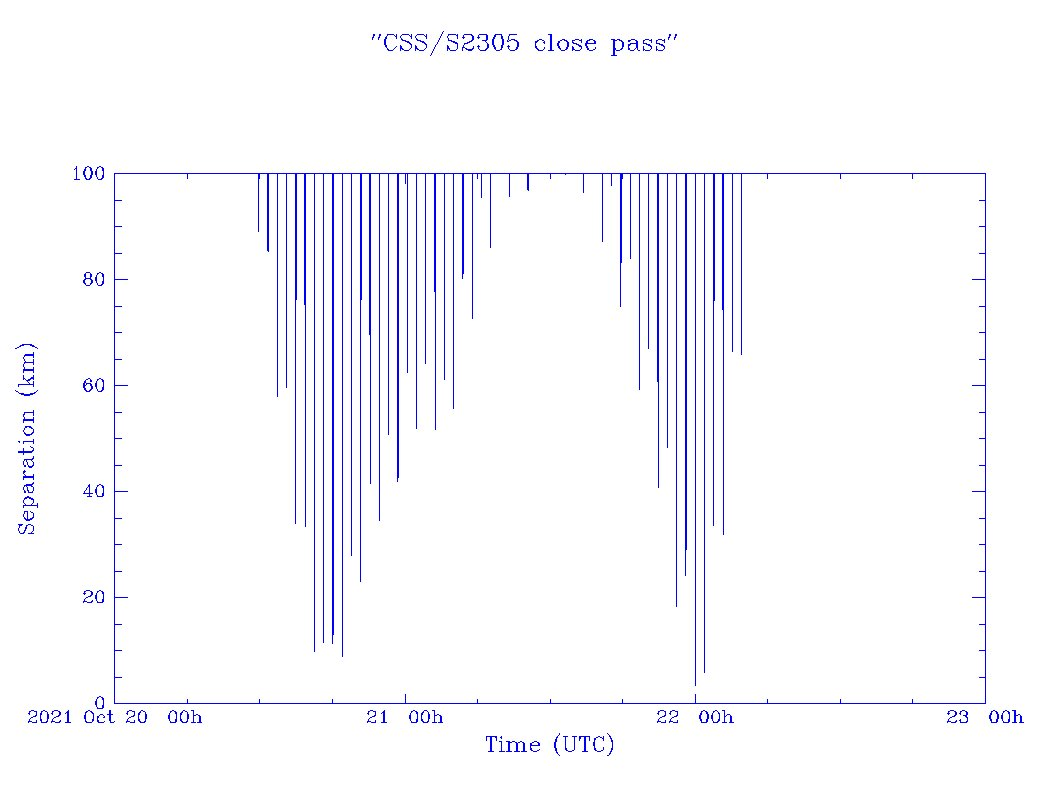So, as best as I can tell, the answer is yes.
Based on some links from here, I found the same page page in UNOOSA that has the link to the document that you mentioned in your edit.
Towards the bottom, it reads:
On 21 October 2021, the Starlink-2305 satellite had a subsequent close
encounter with the China Space Station. As the satellite was continuously
manoeuvring, the manoeuvre strategy was unknown and orbital errors were hard to
be assessed, there was thus a collision risk between the Starlink-2305 satellite and the
China Space Station. To ensure the safety and lives of in-orbit astronauts, the China
Space Station performed an evasive maneuver again on the same day to avoid a
potential collision between the two spacecraft.
"Evasive action" basically just means that they perform some sort of maneuver to reduce the likelihood of a collision (as exact position/velocity vectors are not known, they use assessments of probability of collision). You can read on NASA's site discussing orbital debris in general:
Debris avoidance maneuvers are planned when the probability of collision from a conjunction reaches limits set in the flight rules used to operate the space station and the spacecraft used to transport humans and cargo to and from the station. For the space station, if the probability of collision is greater than 1 in 100,000, a maneuver will be conducted if it will not result in significant impact to mission objectives. If it is greater than 1 in 10,000, a maneuver will be conducted unless it will result in additional risk to the crew.
So, yes, if a conjunction was assessed to be likely enough, they would move the space station (or satellite in question) into a modified orbit to reduce the chance of a collision.
As far as the question "was it a Starlink satellite", Jonathan McDowell, an astrophysicist at the Harvard-Smithsonian Center for Astrophysics, did calculations regarding how close the Chinese Space Station came to S-2305, and it's quite close.

A kilometer or three sounds like a large distance, particularly since the entire station is under 40 meters long, these objects are also moving about 7-8 kilometers per second, which makes that a fair bit more dicey. In the past, the ISS has made maneuvers to avoid debris expected to come within 1.4 km of the ISS, so the claim appears to be fully believable and substantiated.

